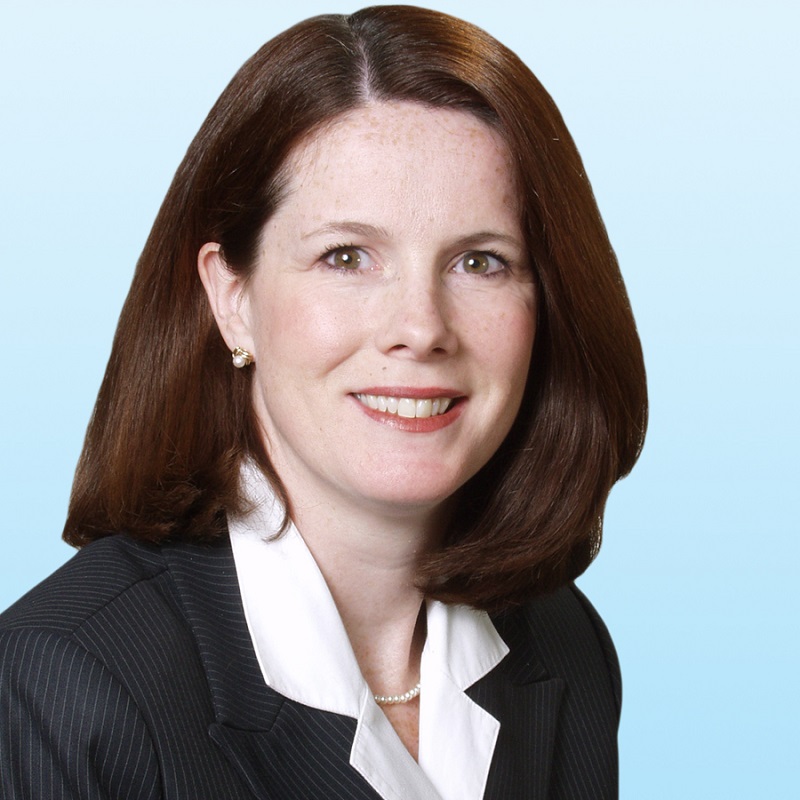Kristin Blount: CRE Tenants More Skittish in the Coming Months
The Colliers International executive discuses the industry’s most sought-after properties and its most impactful issues.
By Alexandra Pacurar
Boston—The shift of interest towards a city’s core, the high cost of construction and the specific needs of TAMI (technology, advertising, media and information) tenants are shaping today’s commercial real estate leasing environment. Kristin Blount, EVP at Colliers International, discusses the main points of focus in the market and makes a prediction of what 2017 will bring to the table.
CPE: In many major U.S. cities, we see a shift of interest (of tenants and investors) from the suburbs towards the core markets. Is this also happening in Boston?
Kristin Blount: The urbanization trend in Boston is alive and well. There are currently approximately 250 tenants in the market, consisting of almost three million square feet of space, and about 25 percent of those tenants are from out of market. Some of these tenants are completely relocating–like Reebok–while others are opening Boston offices while maintaining offices in the suburbs–like Red Hat Software.
Another interesting trend that we are seeing is a lack of borders within the city. It used to be that certain industries would flock to certain parts of the city. For example, law firms in the Financial District, creatives in the Back Bay, etc. This isn’t the case anymore. The Seaport District is an example of this. There, we can find a large accounting firm, a law firm and a biotech firm mixed with various tech and other tenants.
CPE: How did the dialogue between owners and tenants change in the past years? What are now the essential matters for each side when it comes to leasing a space?
Blount: Over the last few years, the market has been tight—particularly in the Class B buildings and the low-rise Class A buildings, because the areas where most jobs are being added (TAMI industries) are requesting this type of space. Rental rates have increased and, because of this demand dynamic, the spread between high-rise Class A rents and Class B/low-rise Class A rents has never been narrower. There has also been a supply dynamic that is worth mentioning. About 75 percent of the buildings in the core CBD have traded over the last five years at record sale prices. While many of the new owners are long-term holders with an emphasis on quality tenants, they need high rents to achieve their investment goals.
The last trend that is impacting the conversations is the cost of construction—which is at a record high. Many tenants can’t afford to move and build out new spaces, so landlords that are able to provide turnkey solutions or high improvement allowances are in a better position.
CPE: Tech amenities are now a big trend in property management. How does this manifest in Boston, known as an innovation hub?
Blount: I think by tech amenities you mean placemaking—creating spaces that allow people to collaborate and that offer wellness options like sustainability and fitness. Any new construction will have these items as a given, but we are seeing landlords of older buildings adding conference centers, bike storage, fitness, game rooms and other amenities, as well as renovating lobbies and other common areas so they are more appealing to tech users.
CPE: What are some of the challenges in the market today?
Blount: Lack of relief space for tenants that can’t afford the current rental rates. This will lead to the emergence of new clusters in urban and quasi-urban areas that are still accessible by public transportation like Somerville, Medford, Quincy, Dorchester and Brighton/Allston.
Transportation and congestion, as the city becomes more crowded. The traffic is a huge problem and MBTA/Amtrak are responding by investing in their infrastructure, while the city is looking at alternative transportation like bicycles and boats.
As mentioned above, the cost of construction is an issue. If tenants can’t afford new space and the landlords aren’t offering it, we are spending a lot more time on the phone looking for a better fit with existing space.
CPE: What are your expectations from 2017 when it comes to the real estate market?
Blount: We hear from our colleagues in New York that the activity has slowed. We haven’t seen that here in Boston yet, but with the uncertainty in our political climate combined with rising interest rates, tenants should be more skittish in the coming months and will likely practice more caution before making any decisions.
CPE: How important is it to you to support other women in the CRE industry?
Blount: It’s something that is very important to me. I have been involved with CREW Network for my entire career—both at a local and a national level, and feel strongly about building networks around goodwill. I have also benefited greatly from this organization with professional support, leads and inspiration. I believe strongly in building 21st century organizations that truly reflect our diverse population supporting not just women, but people of all colors, creeds, etc. It’s important to embrace all perspectives on a team.
Image courtesy of Colliers International








You must be logged in to post a comment.